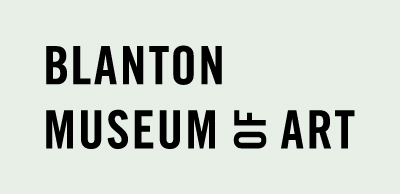Abstracto [Abstract]
Primary
Carlos Mérida
(Guatemala City, Guatemala, 1891–Mexico City, Mexico, 1985)
NationalityGuatemalan, North America
Date1953
MediumGlass mosaic on composite matrix
DimensionsOverall: 33 1/8 × 72 × 1 1/8 in. (84.1 × 182.9 × 2.9 cm)
Credit LineBlanton Museum of Art, The University of Texas at Austin, Gift of Judy S. and Charles W. Tate, 2016
Rights Statement
Collection AreaLatin American Art
Object number2016.110
On View
On viewLocations
Label Text- exhibition BMA, Gallery, C4
Carlos Mérida’s work often synthesized his interest in ancient Maya culture and modern art. The son of a lawyer with Maya-Quiché ancestry and a Spanish school teacher, Mérida studied art in his native Guatemala, later living in Paris during the 1910s, where he directly witnessed the emergence of the artistic avant-gardes. In 1919, he settled in Mexico City and participated in the early stages of the muralist movement, later exploring surrealist and geometric abstraction in his artwork. By mid-century, Mérida defined a new mural style designed for architectural settings made with durable materials like glass mosaic, by blending abstract geometric forms with subtle references to ancient Maya art. In this glass mosaic, all references to the monumental steles or temple decorations created by the Original Peoples of Mexico and Guatemala have been organically incorporated into an abstract pattern. Yet Mérida evokes not only their ancient memory but also the region’s traditional textiles through the lively rhythm of interlocking shapes in primary and earth colors.
Exhibitions

![Abstracto [Abstract]](/internal/media/dispatcher/41579/preview)

![Abstracto [Abstract]](/internal/media/dispatcher/41579/full)
![Sin título [Untitled]](/internal/media/dispatcher/23511/thumbnail)
![Mecanismo mudable [Mutable Mechanism]](/internal/media/dispatcher/23941/thumbnail)








